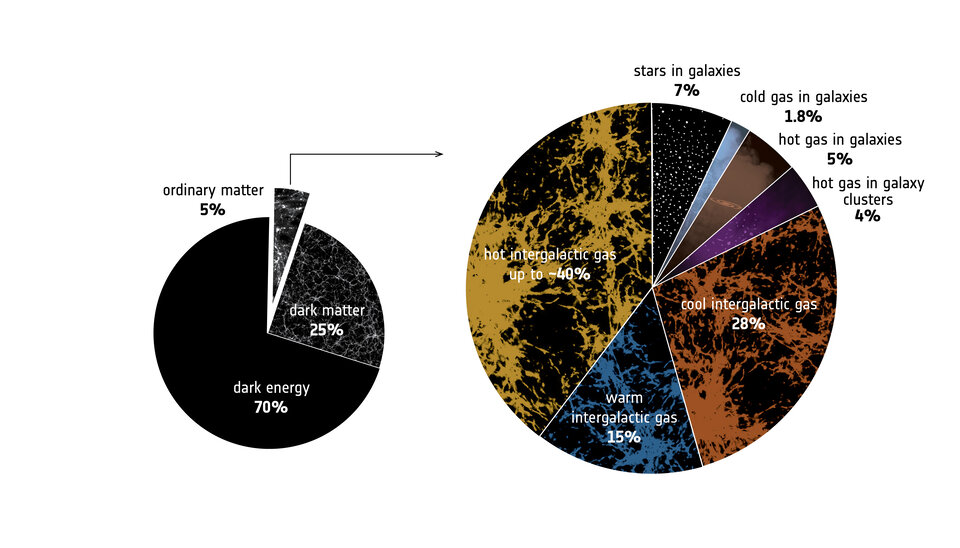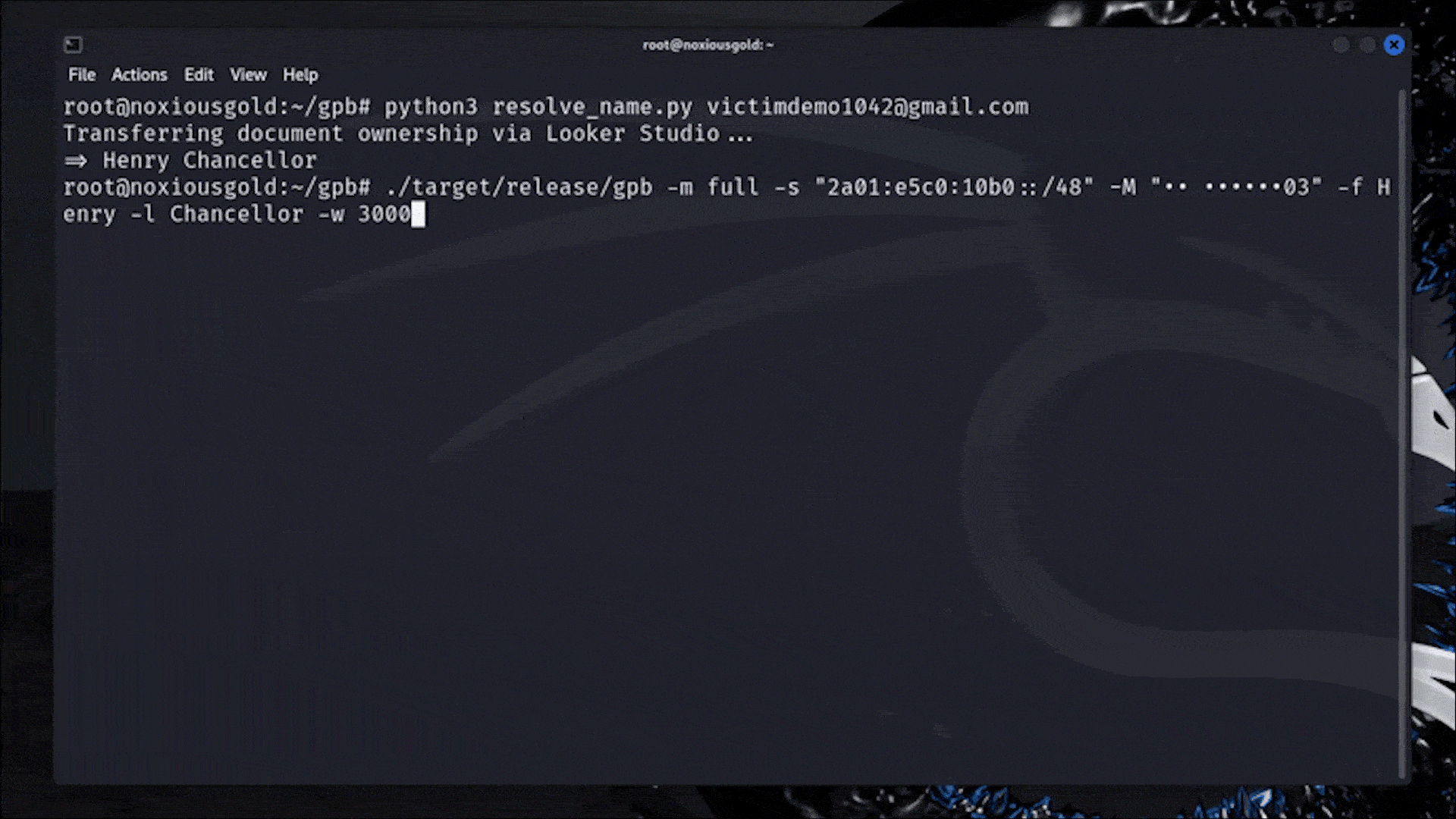An anonymous reader quotes a report from Ars Technica: After a court ordered OpenAI to “indefinitely” retain all ChatGPT logs, including deleted chats, of millions of users, two panicked users tried and failed to intervene. The order sought to preserve potential evidence in a copyright infringement lawsuit raised by news organizations. In May, Judge Ona Wang, who drafted the order, rejected the first user’s request (PDF) on behalf of his company simply because the company should have hired a lawyer to draft the filing. But more recently, Wang rejected (PDF) a second claim from another ChatGPT user, and that order went into greater detail, revealing how the judge is considering opposition to the order ahead of oral arguments this week, which were urgently requested by OpenAI.
The second request (PDF) to intervene came from a ChatGPT user named Aidan Hunt, who said that he uses ChatGPT “from time to time,” occasionally sending OpenAI “highly sensitive personal and commercial information in the course of using the service.” In his filing, Hunt alleged that Wang’s preservation order created a “nationwide mass surveillance program” affecting and potentially harming “all ChatGPT users,” who received no warning that their deleted and anonymous chats were suddenly being retained. He warned that the order limiting retention to just ChatGPT outputs carried the same risks as including user inputs, since outputs “inherently reveal, and often explicitly restate, the input questions or topics input.”
Hunt claimed that he only learned that ChatGPT was retaining this information — despite policies specifying they would not — by stumbling upon the news in an online forum. Feeling that his Fourth Amendment and due process rights were being infringed, Hunt sought to influence the court’s decision and proposed a motion to vacate the order that said Wang’s “order effectively requires Defendants to implement a mass surveillance program affecting all ChatGPT users.” […] OpenAI will have a chance to defend panicked users on June 26, when Wang hears oral arguments over the ChatGPT maker’s concerns about the preservation order. In his filing, Hunt explained that among his worst fears is that the order will not be blocked and that chat data will be disclosed to news plaintiffs who may be motivated to publicly disseminate the deleted chats. That could happen if news organizations find evidence of deleted chats they say are likely to contain user attempts to generate full news articles.
Wang suggested that there is no risk at this time since no chat data has yet been disclosed to the news organizations. That could mean that ChatGPT users may have better luck intervening after chat data is shared, should OpenAI’s fight to block the order this week fail. But that’s likely no comfort to users like Hunt, who worry that OpenAI merely retaining the data — even if it’s never shared with news organizations — could cause severe and irreparable harms. Some users appear to be questioning how hard OpenAI will fight. In particular, Hunt is worried that OpenAI may not prioritize defending users’ privacy if other concerns — like “financial costs of the case, desire for a quick resolution, and avoiding reputational damage” — are deemed more important, his filing said.
Source: Judge Denies Creating ‘Mass Surveillance Program’ Harming All ChatGPT Users
NB you would be pretty dense to think that anything you put into an externally hosted GPT would not be kept and used by that company for AI training and other analysis, so it’s not surprising that this data could be (and will be) requisitioned by other corporations and of course governments.









